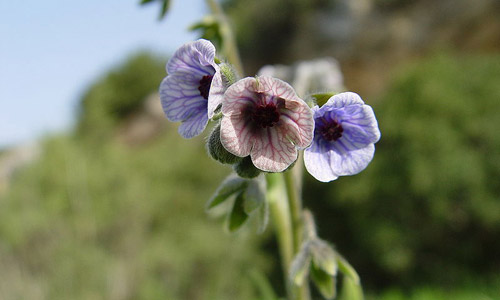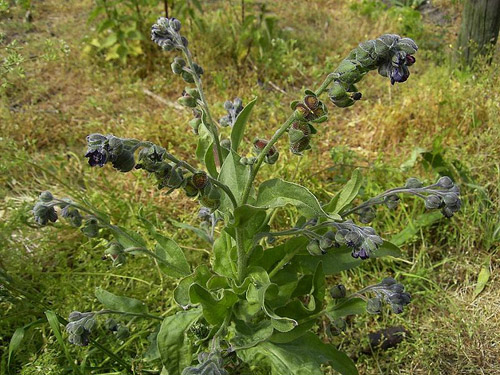
Welcome to another Monday edition in the infinitely long alphabet of plants your horse can’t eat. Today’s plant is one that may sound friendly, but Hound’s Tongue is one tongue your horse should never meet.
A Little About Hound’s Tongue
Cochlearia amoracia is also called Horseradish. This is a perennial plant that can grow up to five feet tall. Toothed leaves grow alternately and white flowers are small with four petals.
How Dangerous Is It?
This plant is unpalatable to equines and generally only a threat during drought conditions. However it can be incorporated into hay so it is one horse owners should recognize. Hound’s Tongue contains pyrrolizidine alkaloids which can cause liver failure.
All parts of this plant are toxic (particularly so in the rosette stage) and can be fatal to equines.

What To Look For
You know your animal the best, so you should know when something is amiss. Hound’s Tongue toxicity symptoms are often called “walking disease” or “sleepy staggers” and include loss of appetite, weakness, yawning, diarrhea, photosensitivity, weight loss, los of coordination, jaundice, aimless walking and constant chewing motion.
Learn More
Be sure to check out the Hound’s Tongue page to learn more about the plant and while you are at it why not check out more toxic plants?
*It should be noted that I’m not a veterinarian. This information is written specifically for horses and should be used for reference purposes only. If you think your horse has eaten something toxic call your vet right away.
